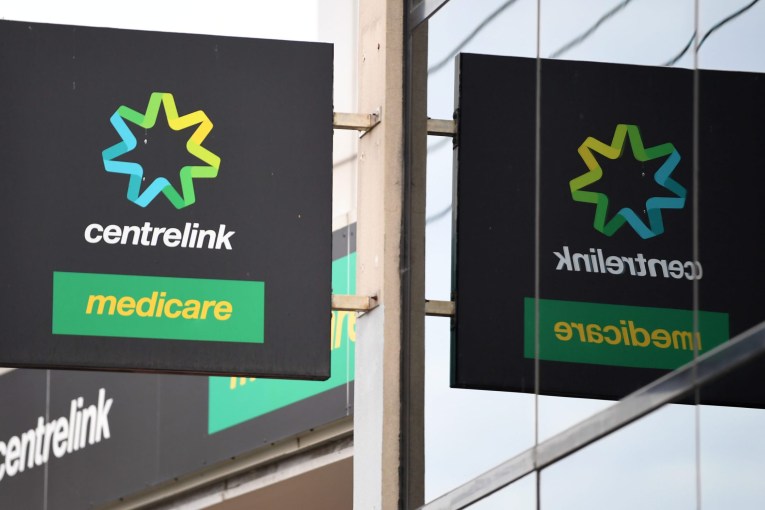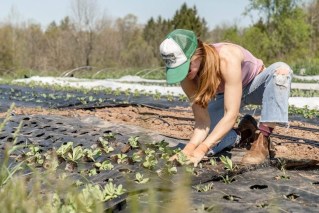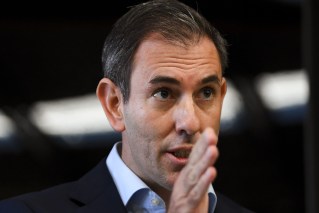Brisbane housing market starts slide as south faces worst falls since GFC
Brisbane house prices have started to slide, but big falls in Sydney and Melbourne have forced a national index into a decline not seen since the global financial crisis in 2008.


Brisbane property prices have slumped by more than 10 per cent - the largest drop on record, in the second half of 2022, latest figures have revealed.. (Pic The Firm)
CoreLogic, a company that monitors housing markets, said Brisbane house prices had fallen 0.8 per cent in July while regional Queensland was down 0.7 per cent.
It was the first fall in the Brisbane market since August 2020 when the worst of the Covid restrictions hit the city. However, the increase for the past 12 months in the city was still sitting at 22 per cent after remarkable increases last year when the growth in prices peaked at 8.5 per cent in December.
Some of Brisbane’s outer suburbs were still recording annual price growth of more than 30 per cent.
However, stock levels have plummeted in the city with the number of listed properties for sale down 30 per cent on the five-year average.
Rents rose in Brisbane over the three months to July by 4.2 per cent, the biggest increase in Australia, while vacancy rates nationally were at historic lows and there was still no sign of a lift in supply.
Brisbane rents were up 13.6 per cent for the year for houses and 9.7 per cent for units.
Gross rental yields in Brisbane were 3.6 per cent and regional Queensland was higher at 4.5 per cent.
CoreLogic’s Tim Lawless said rising interest rates would mean further price falls were likely as the variable interest rate on a mortgages faced a likely doubling from the current level.
However, he said context was important.
“While national home sales are falling from record highs, they are still 9.2 per cent above the previous five-year average for this time of year,” Lawless said.
“Although the housing market is only three months into a decline, the national Home Value Index shows the rate of decline is comparable with the onset of the global financial crisis in 2008 and the share downswing of the early 1980s,” Lawless said.
“There is a good chance the number of properties sold in the second half of this year and into 2023 will continue to trend lower as higher interest rates, a more cautious lending environment and a reduction in household confidence continues to weigh on the market.”
“In Sydney, where the downturn has been particularly accelerated, we are seeing the sharpest value falls in almost 40 years.”
The index found the major regional centres near capital cities, such as the Gold and Sunshine coasts, were also falling for the first time in two years. Unit values in the capitals were also falling, but at a lower rate than houses.
“This trend is most apparent across the three largest capitals as well as Canberra where the housing affordability challenges may be deflecting more demand towards the medium to high density sector,” Lawless said.
“Additionally, firmer interest from investors should favour the unit market over houses where demand has historically more concentrated.”
The number of properties on the market was above the five-year average but had fallen 21.4 per cent since the highs recorded in March.
The biggest yearly increase in dwelling prices in Queensland of 34 per cent was recorded in the Logan-Beaudesert region. The top 10 regions for increases were all in the outer suburbs and satellite cities like Ipswich.
They were:
Beaudesert 34 per cent
Jimboomba 32.5 per cent
Rocklea-Acacia Ridge 30.4 per cent
Browns Plains 30.2 per cent
Ipswich hinterland 29.9 per cent
Springwood-Kingston 29.7 per cent
Loganlea-Carbrook 29.5 per cent
Forest Lake-Oxley 29.3 per cent
Beenleigh 28.2 per cent












